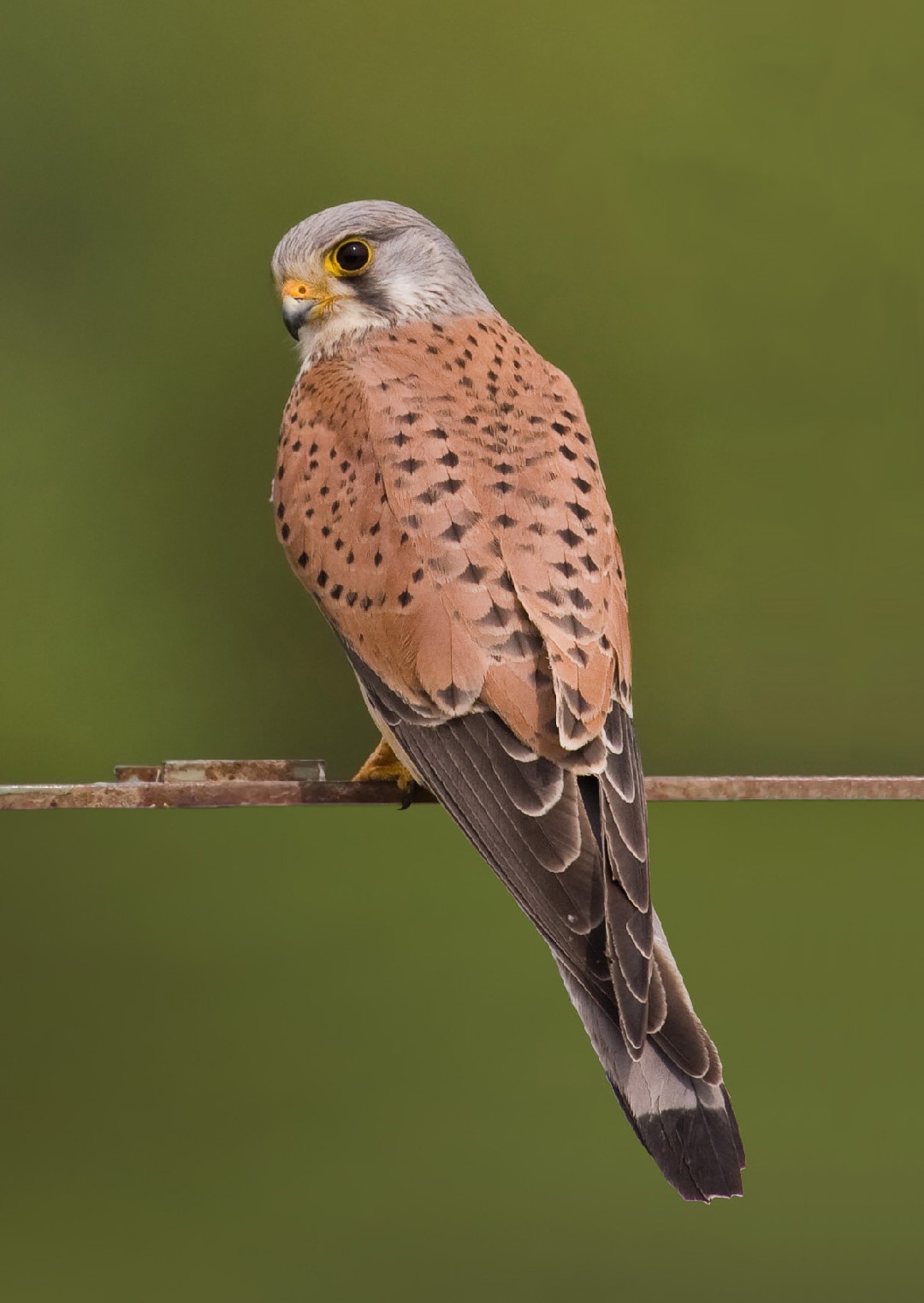Common Kestrel
A species of True Falcons, Also known as European Kestrel Scientific name : Falco tinnunculus Genus : True Falcons
Common Kestrel, A species of True Falcons
Also known as:
European Kestrel
Botanical name: Falco tinnunculus
Genus: True Falcons
Content
Description People often ask General Info
 Photo By Andreas Trepte , used under CC-BY-SA-2.5 /Cropped and compressed from original
Photo By Andreas Trepte , used under CC-BY-SA-2.5 /Cropped and compressed from original Description
The common Kestrel is a small falcon found throughout much of Europe, Asia, and Africa. It feeds on small mammals, birds, and insects and is known for its ability to hover in the air to spot prey. It can be found in a variety of habitats. Some populations have declined due to habitat loss. 
Size
32 - 39 cm
Life Expectancy
15-16.2 years
Nest Placement
Building
Feeding Habits
Common Kestrel predominantly consume mouse-sized mammals, such as voles and mice, which constitute over 75% of their diet. They occasionally eat small birds, especially fledglings in summer, and rarely feed on bats, swifts, frogs, and lizards. Common Kestrel's hunting technique is characterized by hovering before diving to catch prey.
Habitat
Common Kestrel inhabits a wide range of environments from temperate to tropical areas, primarily favoring open or semi-open landscapes. Occupying grasslands, savannas, steppes, and human-altered areas, it also finds home in wetlands and urban settings. Adaptable to many altitudes, common Kestrel breeds up to 3300 meters and can be found as high as 5500 meters, from coastal regions to high mountain pastures.
Dite type
Carnivorous
People often ask
General Info
Feeding Habits
Bird food type
Behavior
In the cool-temperate parts of its range, the common kestrel migrates south in winter; otherwise it is sedentary, though juveniles may wander around in search for a good place to settle down as they become mature. It is a diurnal animal of the lowlands and prefers open habitat such as fields, heaths, shrubland and marshland. 
Scientific Classification
Phylum
Chordates Class
Birds Order
Diurnal Birds of Prey Family
Falcons and caracaras Genus
True Falcons Species
Common Kestrel